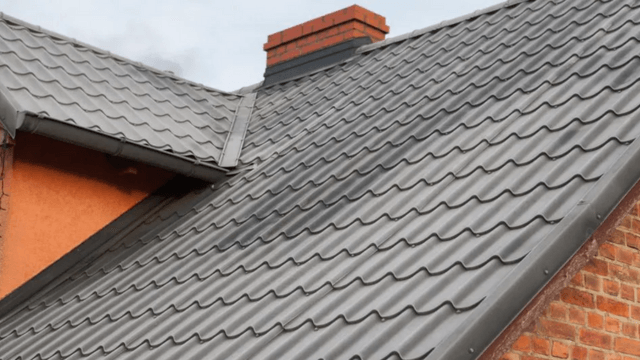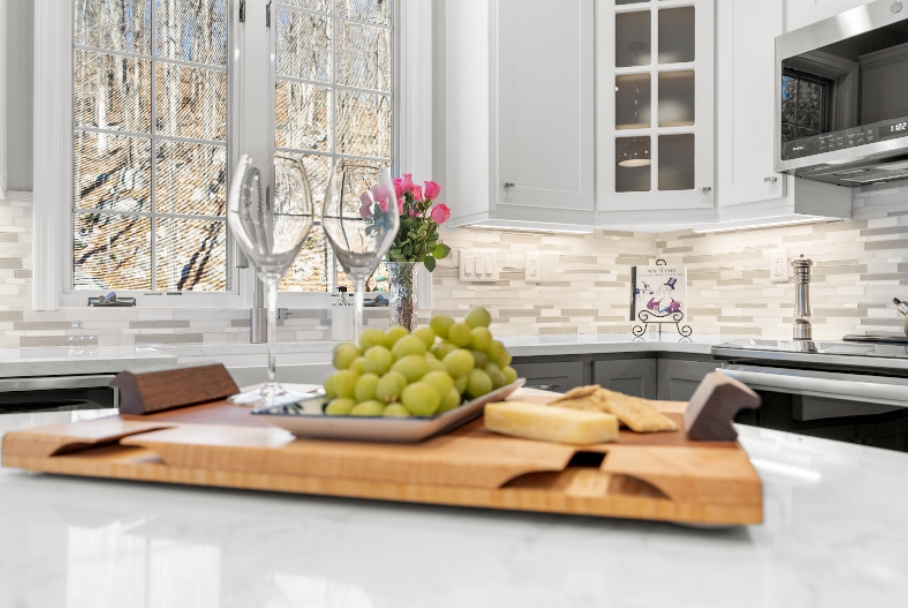Top 5 Roofing Materials for Hot Climates

When a building is under construction, it is a primary concern how indoors will be kept safe from extreme climates, especially from scorching heat. The roof of a building is the primary defense line that makes all the efforts to keep the building cool during hot weather. A good roofing material is made in a way so that it does not absorb heat on sunny days and keeps the indoors cool.
Contents
Roofing Materials
Roofing materials play a vital role in controlling the temperature of a building. The objective of a building’s top is to prevent the indoors from getting hot due to direct sunlight. A strong roofing is essential for the protection of the whole underlying structure as a poorly designed roofing can easily result in breakage due to harsh weather conditions.
Advantages of using a good roofing material
A high-quality roofing material can help in;
- Preventing cracks and breakage
- Reduced repairing cost
- Saving energy consumption
- Increasing the durability of the building
List of Roofing Material
We have made a list of the best roofing materials for hot climates including extensive details on their durability and usage;
Read Also: The Ultimate Guide to Roof Installation
1. Terracotta or Ceramic Tiles
This is known to be one of the best materials that help to keep the temperatures down in hot climates. The tiles are actually made of clay. They are then baked in a kiln to achieve hardness and make them sturdy. It is this baking process that makes them resistant to heat. These clay tiles are known to have the longest standing time in hot weather and have a life of 50 years or even more.
Another important aspect to note is that tiles have a curved structure which breaks the air flow making the indoors cool.
However, some drawbacks should also be considered before installation. Tiles are known to be the most expensive roofing material. They are also heavy weight therefore, a strong base is needed before installation.
2. Asphalt Shingles
One of the most common types of roofing material is asphalt shingles. Roofing contractors use this material in hot climates as well. More than 80% of roofing contractors use this material for roofs. Whenever you need to do roof replacement, then asphalt shingles are a very cost-effective option. They are also available in a variety of colors making them a top choice for homeowners and roofing contractors as they can be easily matched with the surroundings.
This cost-effective material is longer lasting with an average lifespan of nearly 20 years. The maintenance and installation are also very easy which adds to the various benefits of this material.
If we talk about the drawbacks, then there are a few that cannot be overlooked. They are less energy efficient as compared to other materials. Moreover, they are not long-lasting. They are also prone to wind damage.
3. Metal
Metal is known to be the most effective material for hot climates. This material can form a thermal barrier between the roof and its base. This helps to lower the temperature inside the building and helps to minimize energy costs thus making it a top choice of roofing contractors in hot climates.
They are available in different colors and styles. They have an affordable price as well. Most of the metal used is of recyclable material thus making it a more environmentally friendly option. They are easy to maintain as compared to other roofing materials. Another important point is that they are resistant to fire, mold, and moisture.
However, some disadvantages are that this type of roof can be very noisy in hail storms or heavy rainfall. Trained labor is required for installation and regular roof cleaning.
4. Concrete Tiles
This type of roofing material is far less expensive as compared to terracotta or clay tiles. Moreover, they are much more durable as compared to asphalt shingles and some other materials. They have durability in hot climates. Concrete is a heavy material and it takes a lot of time to heat up thus making it a good option for hot weather. Moreover, they provide space below them for airflow. Thai helps to keep the indoors cool.
Concrete tiles are fire resistant and the maintenance cost is also very low. They come in a variety of colors making them a top choice for roofing contractors as well. They can last for up to 50 years or more.
The only drawback is that they are heavy in weight thus requiring a strong structural base for support.
5. EPDM
This is the latest technology in the world of roofing materials. The material is actually strong thermoplastic or synthetic rubber known as EPDM (ethylene propylene diene monomer). It is used as a coating material on roofs to make the roofs heat resistant.
They are light in weight, very durable, and reflect heat thus preventing the indoors from getting hot. They are also water resistant. They make a good foundation for many other roof types. They have a long lifespan and easy maintenance.
Conclusion
Choose the most suitable roofing material for your building construction that can bear the harsh climatic conditions after discussing your requirements with the best roofer. These roofing materials are known to be the best in reflecting heat and keeping the indoor temperature cool thus proving to be the most energy-efficient options available in the market.




